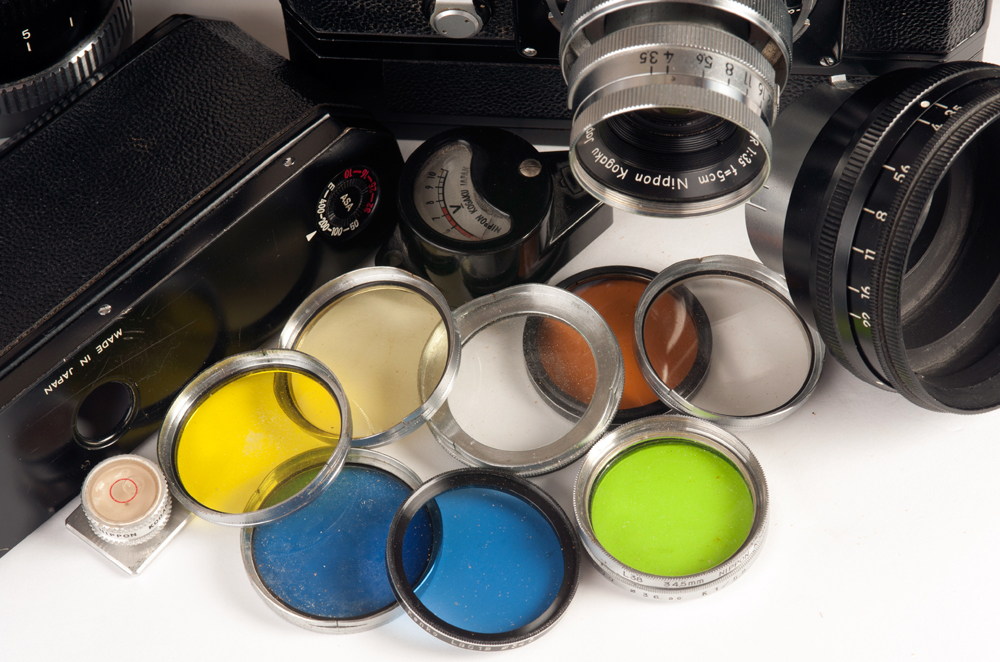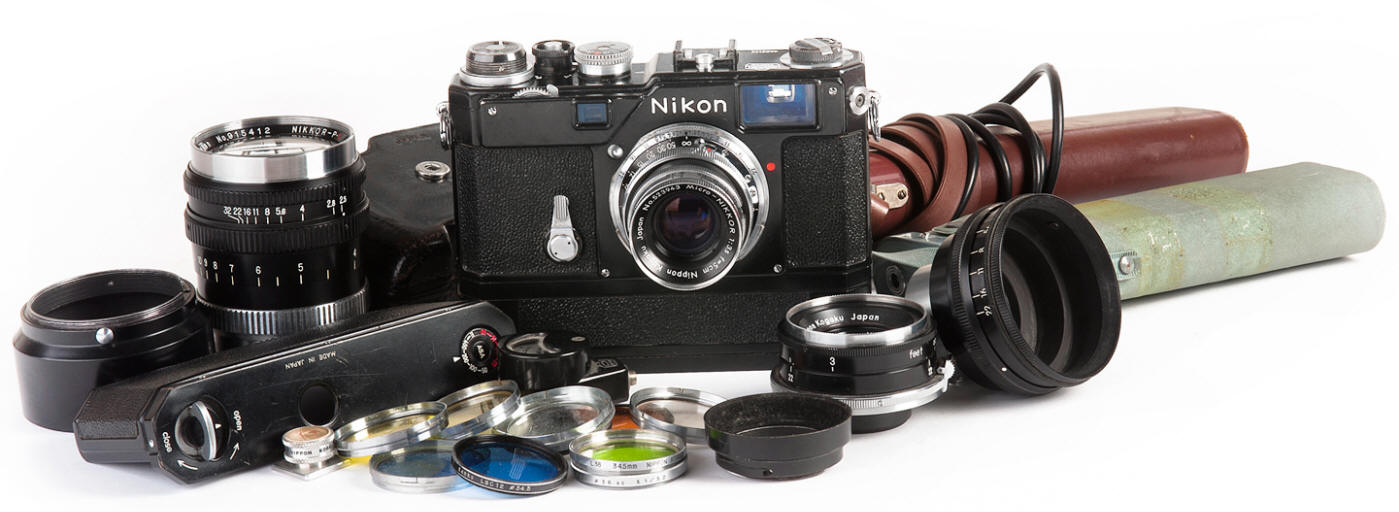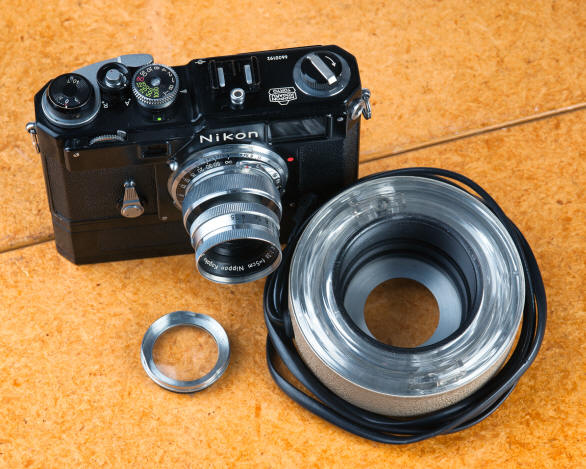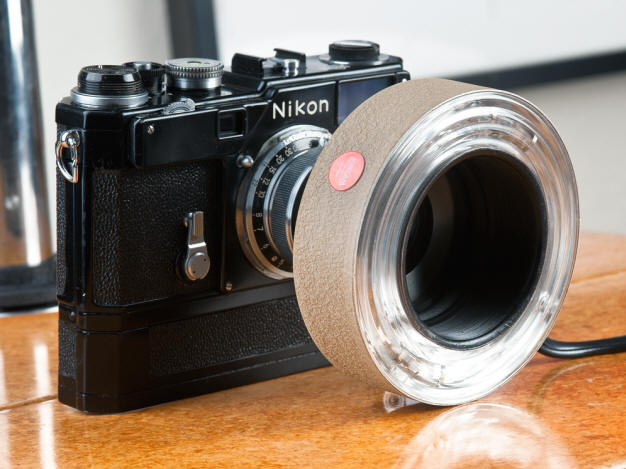OK, so a 1960's era photog has a Nikon rangefinder with 3 lenses including a 50/3.5 Micro Nikkor with focusing collar.
His ONLY filters are for the Micro Nikkor as follows:
Screw in 34.5mm
Nikon L38
Kenko light green K1/52
Kenko salmon LBW 10
Kenko blue LBC 12
Push On
Waltz blue "flash"
Waltz wUV
Waltz yellow Y1
Waltz yellow Y2
Unmarked Close Up Diopter filter
What is odd to me is that if he like filters so much, why not filters for the other lenses too?
Why the focusing collar for the close up outfit (which he presumably had access to) AND the close up diopter?
It seems he was very interested in close up work.
Does this combination of filters indicate any particular type of photography to you?
I was thinking maybe copy work, but not sure why these filters would be used in copy work.

His ONLY filters are for the Micro Nikkor as follows:
Screw in 34.5mm
Nikon L38
Kenko light green K1/52
Kenko salmon LBW 10
Kenko blue LBC 12
Push On
Waltz blue "flash"
Waltz wUV
Waltz yellow Y1
Waltz yellow Y2
Unmarked Close Up Diopter filter
What is odd to me is that if he like filters so much, why not filters for the other lenses too?
Why the focusing collar for the close up outfit (which he presumably had access to) AND the close up diopter?
It seems he was very interested in close up work.
Does this combination of filters indicate any particular type of photography to you?
I was thinking maybe copy work, but not sure why these filters would be used in copy work.






